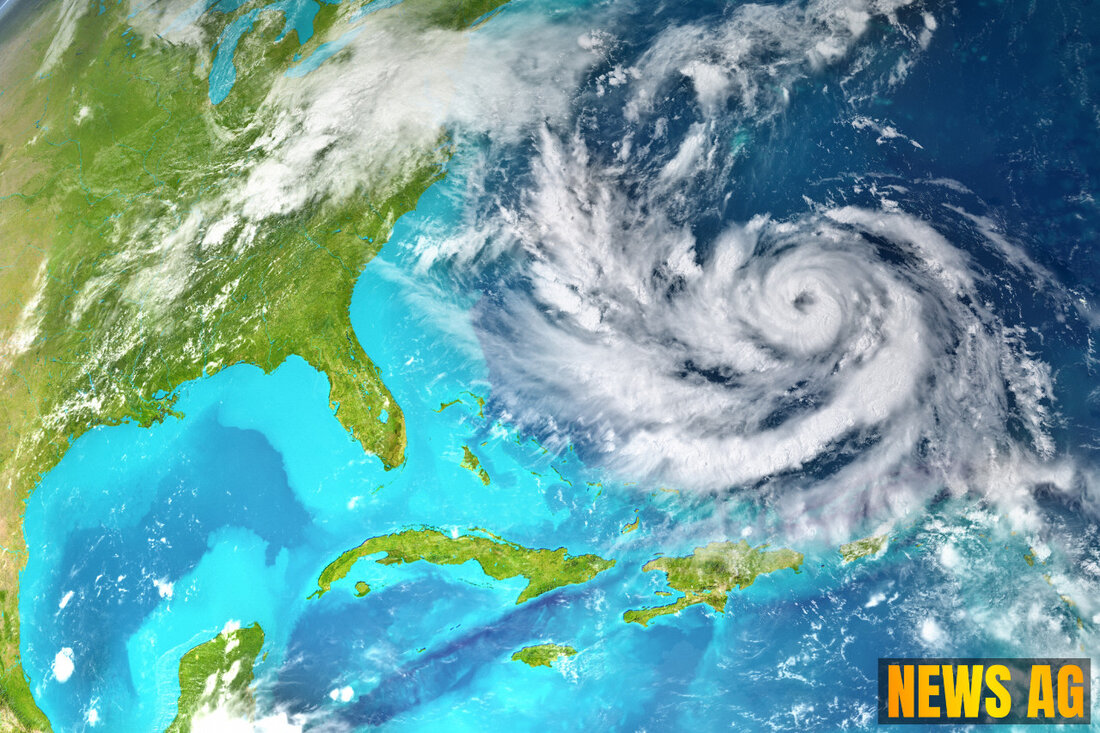Rare Flamingo Peaches Returns to Florida: A Hope for Conservation!
Peaches the flamingo, blown to St. Pete Beach by Hurricane Idalia, highlights conservation efforts and wading bird recovery in Florida.

Rare Flamingo Peaches Returns to Florida: A Hope for Conservation!
In an intriguing twist of fate, the aftermath of Hurricane Idalia has breathed new life into Florida’s landscape, particularly regarding its avian residents. A flamingo named Peaches made headlines when she was discovered exhausted and confused off St. Pete Beach after the hurricane’s winds swept her into the state in 2023. As reported by Tampa Bay Times, Peaches was sheltered by local boaters and roamed Tampa Bay for weeks, delighting residents with her rare presence. After a brief recovery period at the Seaside Seabird Sanctuary, she was spotted in a breeding colony in Mexico in May 2024, proving her remarkable journey between Florida and the Yucatán Peninsula.
Peaches‘ story is not just about a single flamingo; it’s emblematic of a larger phenomenon. Following the hurricane, reports of flamingo sightings across Florida surged. From St. Marks Wildlife Refuge to Collier County, and even as far north as Ohio and Pennsylvania, the comeback of these vibrant birds has captured the imagination of conservationists and the public alike. According to Audubon Florida, the number of sightings has skyrocketed, highlighting that for the first time in nearly a century, American Flamingos are gracing Florida’s shores again.
Historical Context
Historically, Florida was a haven for flamingos, teeming with diverse wading bird populations before the onset of European settlement. Sadly, the late 1800s heralded a dark chapter as the plume trade decimated their numbers. From thousands to mere handfuls, flamingo sightings dwindled as they faced near extinction by the early 20th century. However, conservation efforts over the years—prompted by organizations like the National Audubon Society—have been pivotal in their gradual recovery. Although habitat destruction remains a significant obstacle, recent landscape restoration initiatives have laid the groundwork for a promising resurgence.
The migration seen today is not merely a lucky break. Almost 100 flamingos have been located in Florida, and as reported by The Invading Sea, it’s believed these birds came ashore thanks to Hurricane Idalia’s potent winds. Alongside Peaches, other flamingos such as „Pinky“ at St. Marks National Wildlife Refuge have made Florida their temporary home, adding splashes of color to our coastal vistas.
Restoration Efforts and Community Involvement
The recent influx of flamingos underscores a broader narrative about the health of Florida’s ecosystems. The restoration of wetlands has proven crucial in providing the clean, abundant habitats necessary for these birds to thrive. Efforts like the Everglades Agricultural Area Reservoir project aim to ensure that Florida’s wetlands remain vibrant and resilient against climate change and the frequent storms that threaten their existence.
The public plays an essential role in this revival. Audubon Florida encourages the community to report flamingo sightings and engage in conservation efforts aimed at preserving the Everglades and the habitats that many birds rely upon. By participating in tracking sightings or advocating for environmental restoration, Floridians can contribute to a future where flamingos, like Peaches, are not just rare visitors but a staple of our natural heritage once again.
With over 40,000 flamingos currently estimated in Yucatán, the migration of these vibrant birds has brought a glimmer of hope and joy to residents of Florida. While Peaches‘ journey might have started with the chaos of a hurricane, it now sings a melody of recovery, resilience, and the enduring spirit of nature.


 Suche
Suche